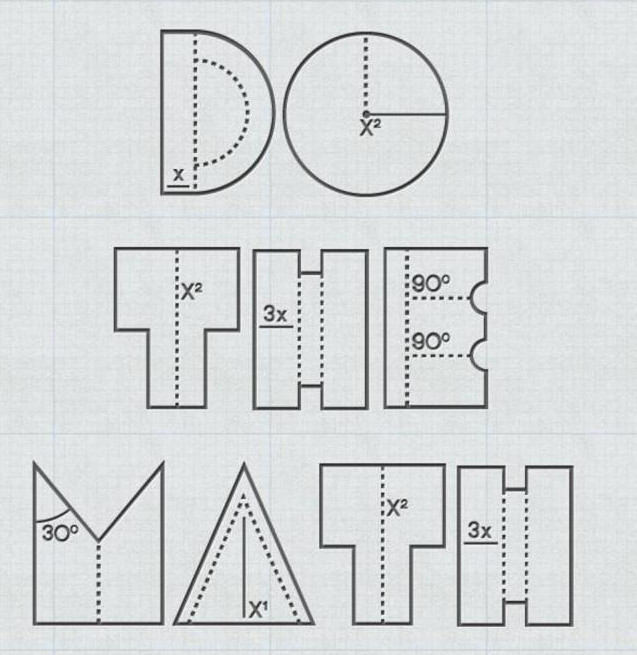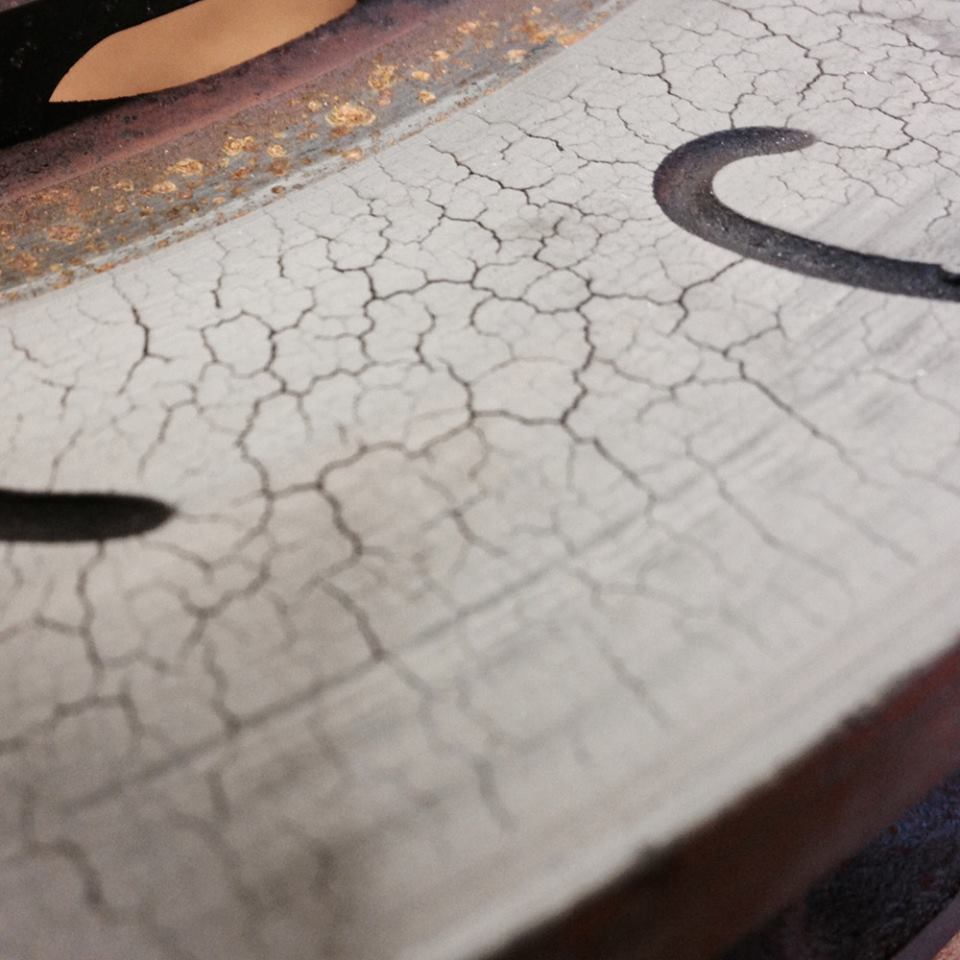Is it worth upgrading my brakes for the track?
11.22.2019
When considering any type of upgrade for your track vehicle, something to always consider is your cost per mile.If you’re tracking your car, you will devour tires, brakes, and fuel. If you can figure out a way to stem the bleeding in any of these areas, you’ll be saving yourself a bundle of money. When potential customers initially consider our AP Racing by Essex brake products, they’re sometimes discouraged by the premium prices. We see it across the web on automotive forums, Facebook, etc. What they typically aren’t considering however, is the long-term cost per mile across the course of ownership. They also tend to confuse price and value, which aren’t the same thing.
At the pro level, AP Racing discs have won championships in F1, NASCAR Cup, IMSA, V8 Supercar, Super GT, DTM, World Challenge, etc. They are widely regarded as the superior choice vs. anything else on the planet. At the club level/aftermarket, our AP Racing 2-piece J Hook Discs have been proven to last longer and take more abuse than anything else on the market. We've had fleet customers switch from other suppliers to our discs and find that they are squeezing out three times the track miles from a set of our AP J Hook Iron. When you do the math, our discs become an obvious bargain, despite the additional couple hundred bucks they initially cost vs. the competition.
As a conservative example, if you spend $1100 on a set of our competitor’s discs and get 5,000 track miles out of them, that’s $0.22 dollars per mile ($1100/5000). If you spend $1400 on our AP Racing discs and get 7,000 miles out of them (2,000 more than the competitor), that’s $0.20 dollars per mile.In that scenario, our discs are already the better value on the first set of iron rings alone.
Now, extend that scenario out a few years. Let’s say you keep your car for five years and replace your discs twice during that period (so you’ve used the initial set of discs plus two spare sets of rings). The competitor’s discs would be $1100 + $850 + $850= $2800 total over five years. Our AP Racing discs would be $3100 total.Now, let’s get back to the miles. If you extend the cost per mile estimates in the above example out over the course of all five years, you would have 15,000 total miles at $2800 for the competitor disc, which is a cost of $0.19 per mile. With the AP Racing discs you’d have 21,000 total miles for $3100, which is $0.15 per mile…again, a better value.
Now, if the AP discs last twice as long as the competitor’s discs, the cost per mile over five years would only be $0.10 per mile on the AP Racing discs ($3100/30,000 miles). Basically, the more you track your car, the more you would save by going with the more durable product.
Can we guarantee that you’re going to get twice the life out of our discs vs. any competitor? No. Based on a mountain of evidence we have from customer cars however, it’s a safe assumption that you’re not going to find discs that last any longer than ours, or that run any cooler, or in any way perform better. You also aren’t going to see these competitors’ discs on a NASCAR Cup Car or F1 car anytime soon.At the elite level, AP Racing is chosen for a reason.
If our discs run cooler than other options (which they do), they’re also going to save you money on pad wear. A disc that runs hotter may eat a set of pads in 4 track days, whereas our system could allow you squeeze out 5 or 6 days under the same conditions. The fewer times you change the pads, the more you save.Cooler discs lead to cooler pads, which leads to cooler calipers and less boiled brake fluid. Your brake system overall is going to see less wear and tear with superior discs, which is going to save you money over the long haul.
We’ve had fleet customers like Exotics Racing in Las Vegas get 10,000 track miles out of a single set of our discs.Here’s a Porsche GT3 customer who got the equivalent of 70+ track days out of our J Hook discs:https://www.essexparts.com/news-blog/991-gt3-customer-gets-70-track-days-out-of-his-essex-designed-ap-racing-j-hook-discs
Here’s an e92 M3 customer who recently got 5 years and 50,000 miles out of our discs in combined road/track use: https://www.essexparts.com/news-blog/bmw-e90-m3-owners-review-of-essexap-racing-brake-kit
How about a C5Z06 racer who got four years and 50,000 miles of abuse out our smallest brake kit offering, and he only changed the discs once in four seasons!: https://www.essexparts.com/news-blog/four-years-and-50000-of-abuse-on-our-smallest-ap-racing-brake-kit
Residual value also comes into play. The AP Racing brand is one of the most highly respected brands in racing, and our products hold their value extremely well long-term since they’ve been proven time and again. It’s typical for our brake components to change hands on the used market at 65-70% of their original retail price, whereas most other brands often trade at 50% or less. That residual value difference alone makes up for the small initial purchase price difference between our products and competing brands.
My suggestion to those weighing brake upgrade options is to look a little further down the road. Most of our customers will own their car for about five years before moving on to the next one.Our systems have proven themselves to be the best value over the full ownership period. Yes, the initial purchase price on our products tend to be a slightly higher, but when you run the numbers over the full ownership period that few hundred bucks is a drop in the bucket compared to the upside. We don’t make price-point products, we make the most durable, highest performing products.
In summary, many people confuse price and value. A product can have a higher price while also offering greater value.The price is what someone is asked to pay for a product, but the value is what the customer believes the product is worth.If you look at the customer feedback on our blog, or ask someone at the track if our products are worth what they paid, you will hear a definitive ‘yes.’ Most of our customers tell us our brake products were one of valuable, if not the most valuable, modification they’ve made to their car. I can honestly (and proudly) say that I don’t know of a single customer of ours who has run our product on their track car and said it wasn’t worth at least what they paid for it.
If you'd like to learn more about when it's time to change your discs, please be sure to check out our article, "When is it Time to Replace my Iron Brake Discs?"






Customer Comments:
No comments posted yet
You must be logged in to leave a Comment